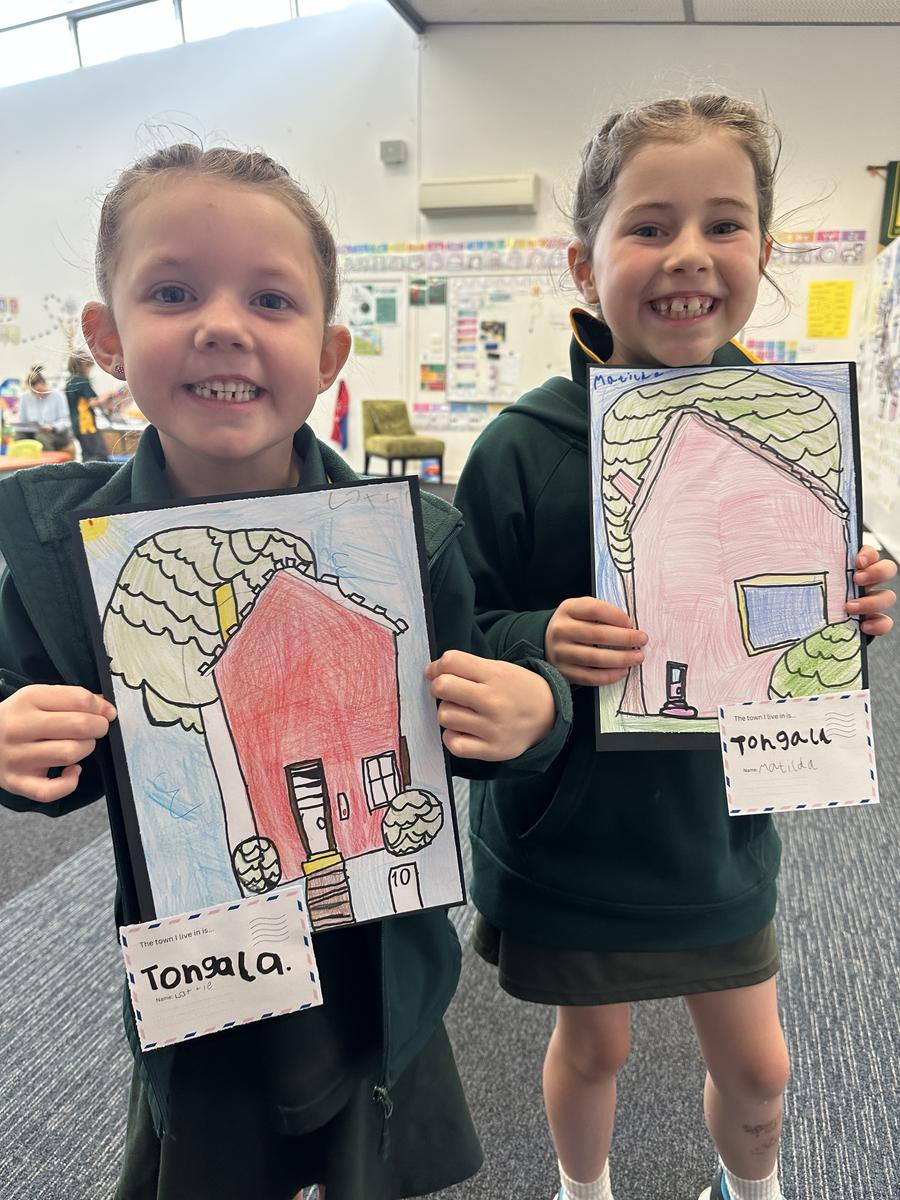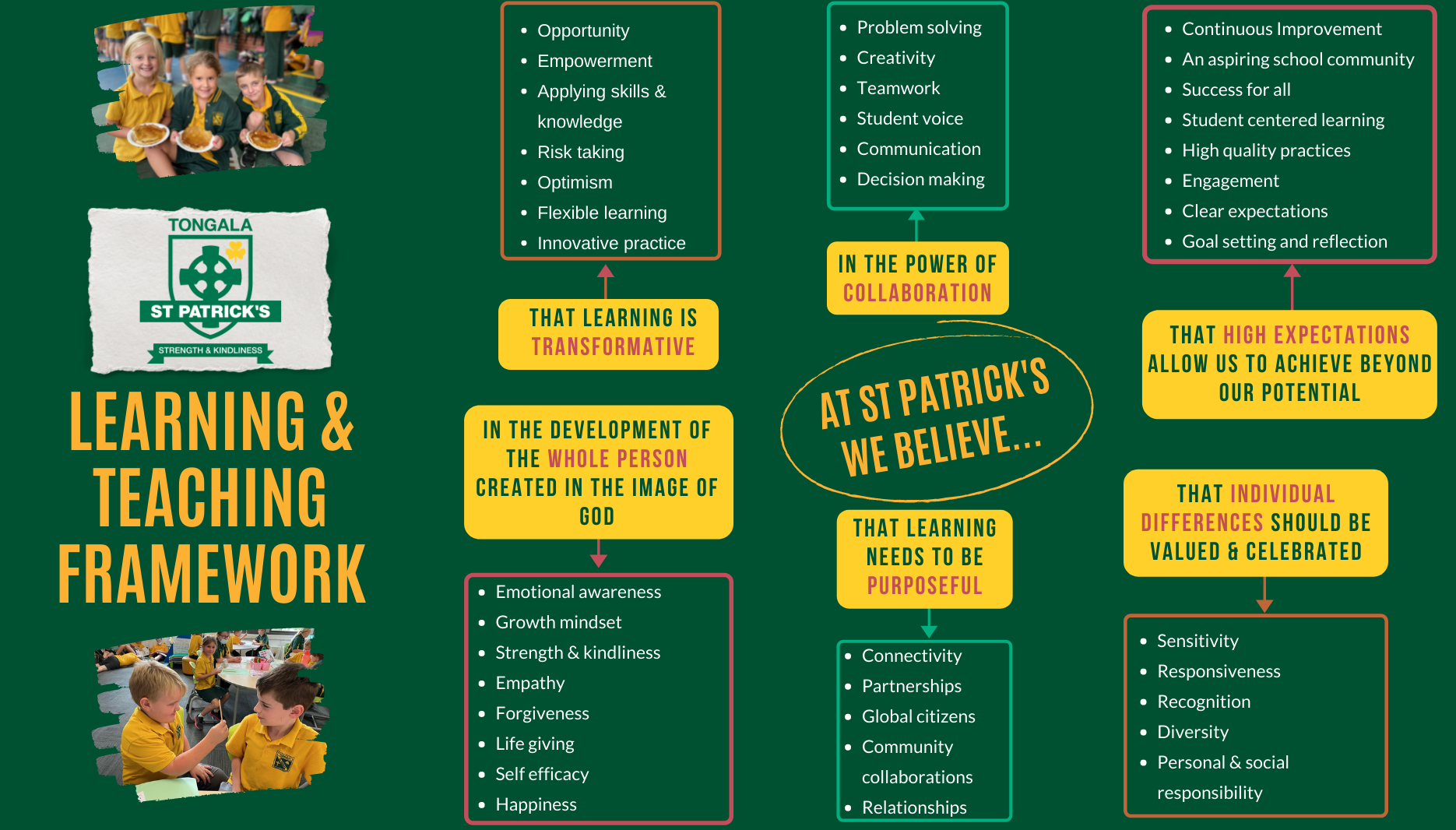Learning & Teaching
Leader: Stephanie Hayes

Learning & Teaching
Leader: Stephanie Hayes
Throughout Term 4 students are learning about Geography during their Inquiry lessons. Please see below a little bit about what the different grades are learning about.
Foundation
In this unit, students investigate the places they live in and belong to. They understand that places vary and people have different views about the use of places. They observe and describe the features of their own place and investigate the meaning of belonging to a place.
Grade One/Two
In this unit students are introduced to the concept of environment, students study the daily and seasonal weather patterns and natural features of their place and of other places, including how seasonal change is perceived by different cultures
Students are introduced to the concept of scale as they learn about the hierarchy of scale by which places are defined - from the personal scale of their home to the national scale of their country. Students’ understanding of the concept of interconnection is developed by investigating the links people have with places locally and globally.
Grade Three/Four
Students will understand and have a mental map of the world and their understanding of place through examining the major characteristics of Australia, Australia's neighbouring countries and Africa and South America. The concept of place is developed by examining the similarities and differences between places within and outside Australia. Students use the geographic concepts of environment and space to examine the similarities and differences between places in terms of the climate and the types of settlements. These comparisons should continue to be made at the scale of the local place.
Grade Five/Six
Students have the opportunity to study the Map of the World and identify important places, including continents, oceans, hemispheres and countries. Through the placement of hidden mystery icons they are led to find the seven natural wonders of the world and some unique places of geographical interest. The geographical tools of maps, graphs and statistics and visual representations are developed. The geographical concepts of place, space, environment, interconnection, scale, sustainability and change are all explored.











